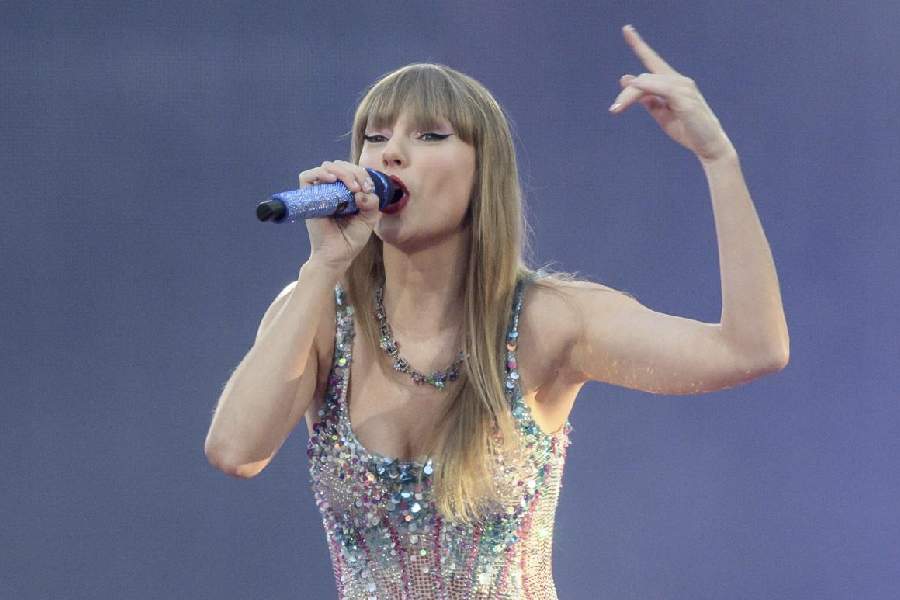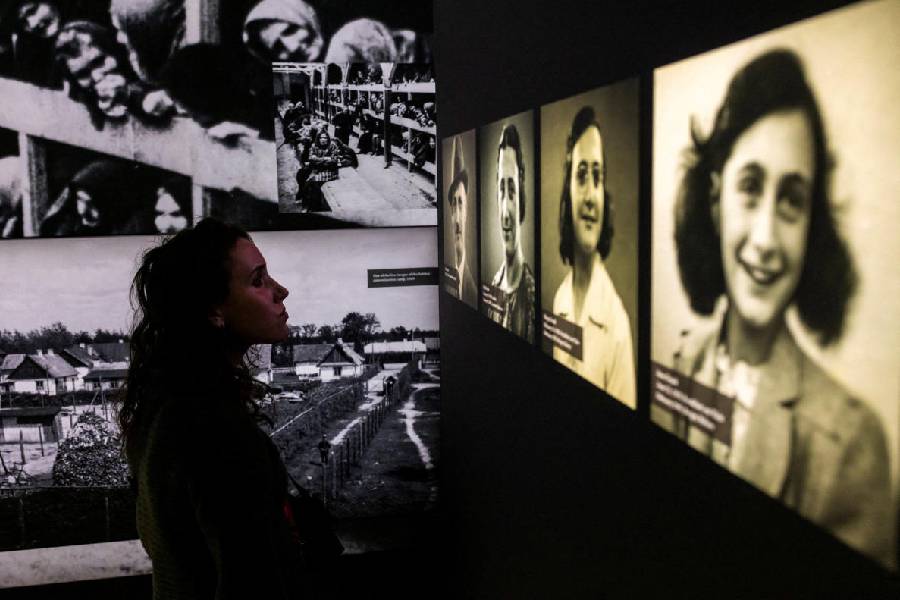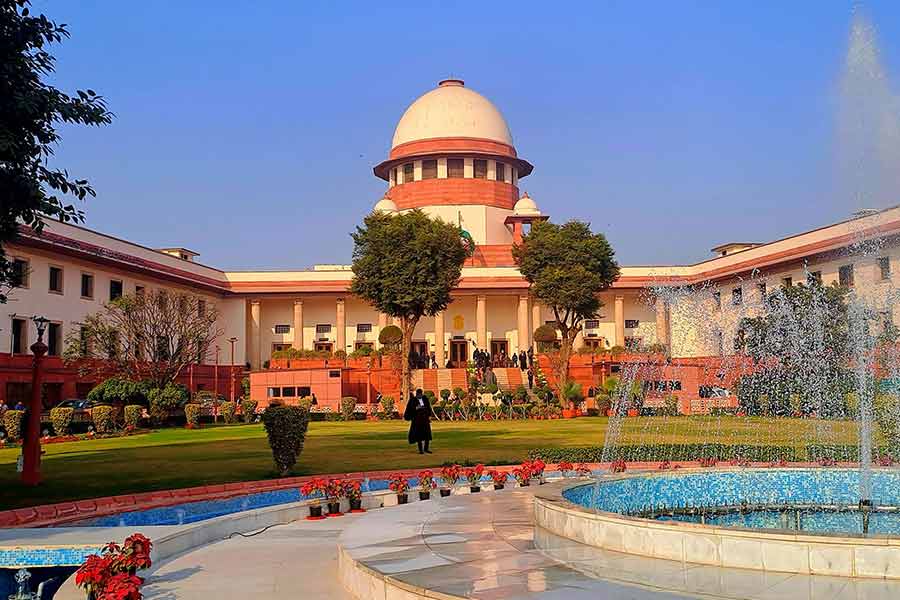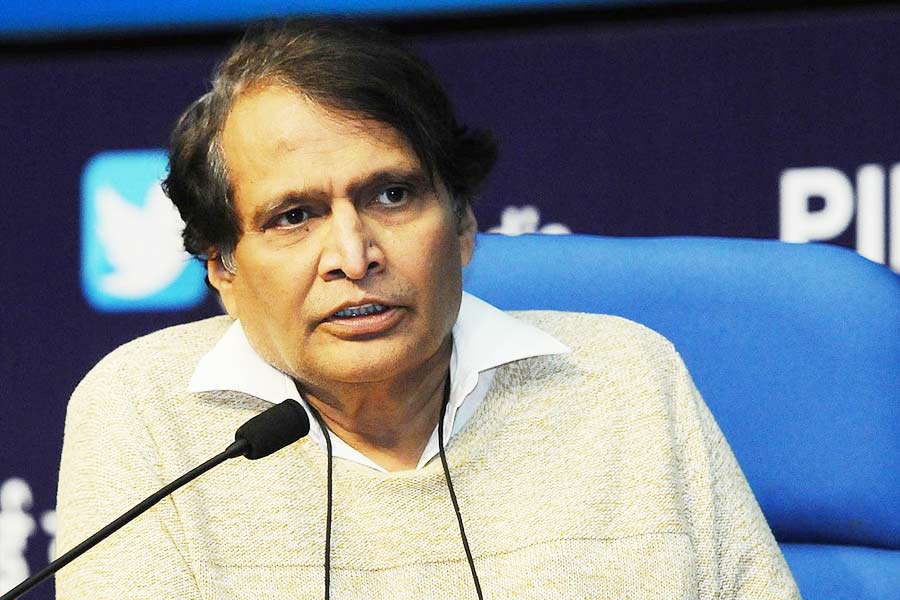Taylor Swift may have just conquered the planet — or its parts that matter — with The Eras Tour (2023-2024), which has become the highest-grossing tour of all time, earning $2 billion in revenue. But in the last two or three years, at a lower decibel level, Swift has been conquering another world — the American academia.
Campuses have changed forever with Swift as text. Called the biggest pop star of this century, Swift is now also one of the most popular courses in US universities. Her stature as a poet has become undeniable and comparisons with Shakespeare are coming up. Harvard, Stanford, University of California, Berkeley, New York University — Swift is on the syllabus everywhere.
Mostly sighted in the humanities, gender and culture studies, where she is being studied both for her music and her persona, she is also firing up economics and business for her obvious success in translating her brand into money.
She is a singer, songwriter and entrepreneur. She wasthe TIME person of the year in 2023. She is 35. She is a package.
And she is extending the definition of literature. Her songs are considered sophisticated enough to bear sustained textual analysis and literary scrutiny. Besides, her songs are said to be subtly but clearly referring to the literary; from The Great Gatsby to Jane Eyre to Alice in Wonderland to Wordsworth.
In Spring 2024, Harvard University taught the course “Taylor Swift and Her World” and Stanford University offered “The Last Great American Songwriter: Storytelling With Taylor Swift Through the Eras”.
“The course focused not on selling Swift’s music as poetry but rather reading it as such, using literary techniques that can be applied to any writing with poetic elements,” wrote Marina Johnson, who was an instructor for Taylor Swift at Stanford, to The Telegraph on email.
“When the course began, Swift had 10 albums (she released her 11th album, The Tortured Poets Department, during the course). The course structure looked at one album, or era, each week. Due to time constraints, each week had a focused theme through which the texts of songs were analysed. Course enrollment was full and had a waitlist,” Johnson added.
The website www.bestcolleges.com lists 13 courses on Swift in Fall 2024 on US campuses, including “Artistry, Policy, & Entrepreneurship: Taylor’s Version” at the University of California, Berkeley, “The Mastermind of the Taylor Swift Brand” at the University of Miami and “Swiftonomics: Economics of Taylor Swift” at American University.
In 2025, according to the website, the universities that will continue with their Swift courses include New York University, which first offered their course on the singer in Spring 2022 and is now offering “Topics in Recorded Music: Taylor Swift”; the University of California, Berkeley, which this year is offering their 2024 course; and the University of Cincinnati, which first offered their Swift course in Spring 2023 and is now offering “Topics in Popular Music: Taylor Swift”.
The trend has spread beyond the US. Clio Doyle, lecturer in Early Modern Literature at Queen Mary University of London, confirms with The Telegraph via email that her book, Dear Reader: Taylor Swift and the Idea of English Literature, will come out in 2026.
Doyle says she designed a summer school course at her university in 2023 titled “Taylor Swift and Literature”. She wrote a widely read piece, available on theconversation.com, titled “Why Taylor Swift belongs on English literature degree courses”. In it, she gives an example of discussing two lines from a Swift song:
“You drew stars around my scars / But now I’m bleedin’”.
The idea, says Doyle, was to figure out how the “but” worked — whether the scars had reopened to bleed or whether new scars had appeared, whether drawing stars around the scars meant making art from pain, or even seeing it as a way to bring more hurt in the future.
It is easy to explain her popularity in the classroom to her fan-following, which consists of an overwhelmingly large segment of the global population of female teenagers. The “Swifties” are like an army, defending their goddess, pouncing on critics who dare to give their goddess a bad review.
In Bengaluru, an influencer had started a movement to bring Swift to India and brought traffic to a halt by dancing to her songs.
Those who are teaching Swift point to more than her popularity as the reason for her inclusion in syllabuses. Her lyrics, though often written in the form of sharp, short, straightforward sentences with easy rhymes, gleam with depth. Her words do not just pop but also resonate with her fans. Even if she goes on singing about that old thing women go on singing about — the heart and its troubles.
With every word that she says, she connects deeply with her audience. She looks at herself with a stunning self-awareness at times. During The Eras Tour, girls travelled from one country to another to attend a Swift concert. Her 2024 album, The Tortured Poets Department, set many records. The Guardian said it “cemented Swift as the biggest pop star this century by many metrics”.
A celebrity is not new to academic courses. Cultural studies and interdisciplinary methods have opened many ways of going beyond the canon and the written text and include the “popular” in many forms. Harry Potter has been included in many syllabuses. But Swift looks like an irresistible force.
The course description at Harvard says that “her songwriting takes in half a dozen genres, and her economic impact changes cities. The study plan is laid down: “We will move through Swift’s own catalogue, …considering songwriting as its own art, distinct from poems recited or silently read.”
It goes on: “We will learn how to think about illicit affairs, and hoaxes, champagne problems and incomplete closure. We will look at her precursors, from Dolly Parton to the Border Ballads, and at work about her (such as the documentary Miss Americana). And we will read literary works important to her and works about song and performance, with novels, memoirs and poems by (among others) Willa Cather, James Weldon Johnson, Tracey Thorn, and William Wordsworth.”
Meanwhile, several quizzes are available online that ask whether a quotation is by Swift or Shakespeare. Old me took an easy one. I am glad to report that I could tell one from the other. I felt some relief on behalf of the bard.











